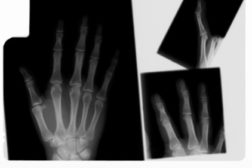Workplace Health
New study fires up e-cigarette debate
Dangerous levels of formaldehyde? Or poor testing methods?
January 22, 2015
Never miss the latest news and trends driving the safety industry
eNewsletter | Website | eMagazine
JOIN TODAYCopyright ©2024. All Rights Reserved BNP Media.
Design, CMS, Hosting & Web Development :: ePublishing








